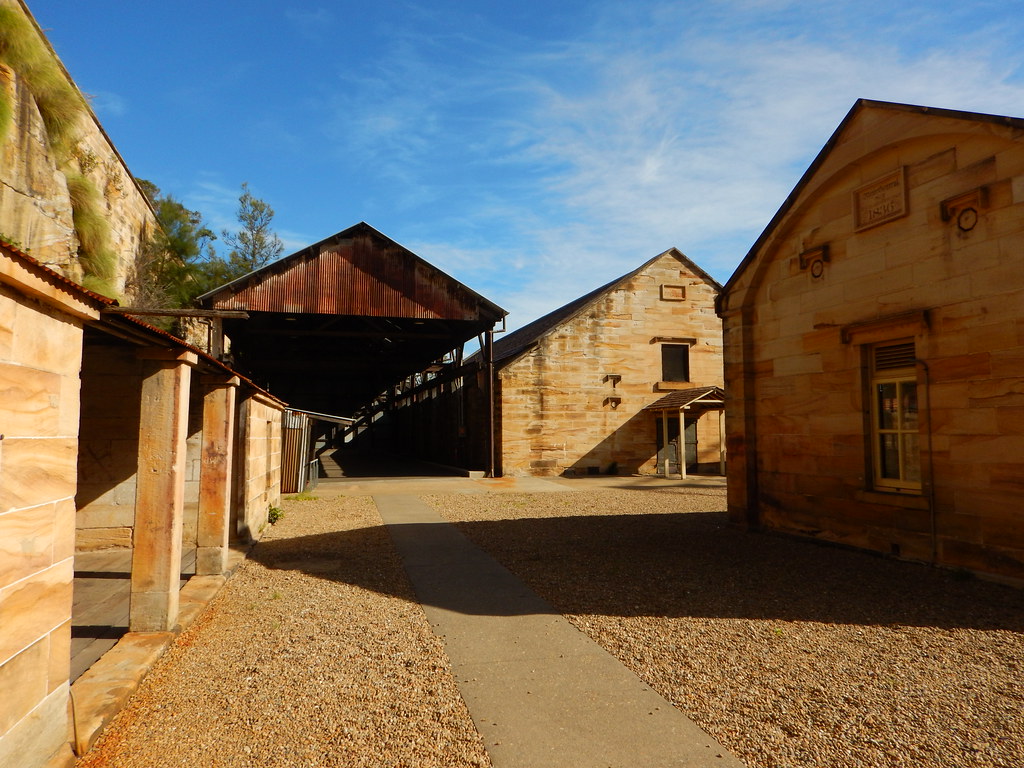The European history of Sydney Harbour is a mere 230 years old, but human habitation in Port Jackson extends thousands of years prior.
Many of us would have heard speeches prefaced with the paying of respect to the Gadigal people of Sydney, who were once numerous all around the harbour. But I wonder how many have a chance to see Sydney Harbour through their eyes.
 |
| Clevelley and Prattent, View of Port Jackson, c1789. Wood engraving, hand coloured, published 1789. Manly art Gallery & Museum collection |
“This is what we try to give people,” Mike Butler of Sydney Harbour ElderTours tells me. “Thousands and thousands of years before the First Fleet this is how Sydneysiders lived on the harbour. And there’s still no better way to enjoy it.”
With the establishment of Sydney as a prison outpost in 1788, Port Jackson soon became the epicentre for European and Aboriginal cross-cultural interaction - and all that that entailed - as it became an important and expanding Imperial colony.
 |
| Goat Island showing its location from Millers Point (in the top right) and East Balmain (top left) : Pic: Fairfax |
“We have a bloke called Watkin Tench to thank for his two books on the early days of the colony,” Mike continues, “along with a lot of other material that gives fascinating insights on the Aboriginal experience since then.”
Those early interactions included an aggressive outbreak of smallpox that had a devastating effect throughout the harbour. Some historians argue this was a deliberate rerun of biological warfare used so effectively on American Indians the decade before. Tench even makes mention of vials of smallpox pathogen being carried on the First Fleet.
 |
| Mike Butler can show you a side a Sydney rarely seen by even residents (Roderick Eime) |
“But it’s a mistake to think Aboriginals disappeared from here. The reality is Aboriginal people continued here and they’re still here today,” he smiles teaching me the Gadigal word 'Ngarangun': to learn together, think together and listen together.
“Ngarangun. We’re doing that right now,” he says as we paddle his well-worn canoe around the shore from under ANZAC Bridge, past Peacock Point to Goat Island. We circumnavigate this seldom-visited little island, now returned to Aboriginal ownership, but still administered and protected by NSW Parks.
“My local mob say the closer you are to water, the greater the pleasure,” says Mike - something that succinctly describes Sydney’s waterfront lifestyle to a tee.
Goat Island, also known by its Aboriginal name ‘Me-Mel’, is the closest harbour island from Barangaroo, about 500m to the northwest of Millers Point and a little over 100m from East Balmain. Beginning as a sandstone quarry, it later became the site of the colony’s first arsenal and explosives store and once housed Sydney Water Police headquarters, a role it revived for the TV series, Water Rats, in the late ‘90s.
 |
| This cluster of early sandstone buildings dates back to 1836 (Roderick Eime) |
Mike, who has lived around the harbour for 40 years, has privileged access to the island and can escort guests around some of the historic structures that are preserved on the island, free from marauding vandals and mercifully graffiti-free, save for some chiselled mementoes that date back to the time the stoneworks were first erected.
 |
| Past visitors have inscribed themselves into history (Roderick Eime) |
The earliest European building is conspicuously marked by a stone engraved with the name of Sir Richard Bourke, 1836. Bourke was the eighth Governor of New South Wales, in office from 1831-37 and oversaw the conversion of Goat Island to a storage facility for gunpowder and other ordnance. It’s his statue that stands outside the State Library.
It is thought that the famous Aboriginal couple, Bennelong and Barangaroo, lived on the island at various times in the colony’s early days. Goat Island is still used today as a private marine maintenance facility and slipway under a giant hammerhead crane built in the 1920s.





No comments:
Post a Comment